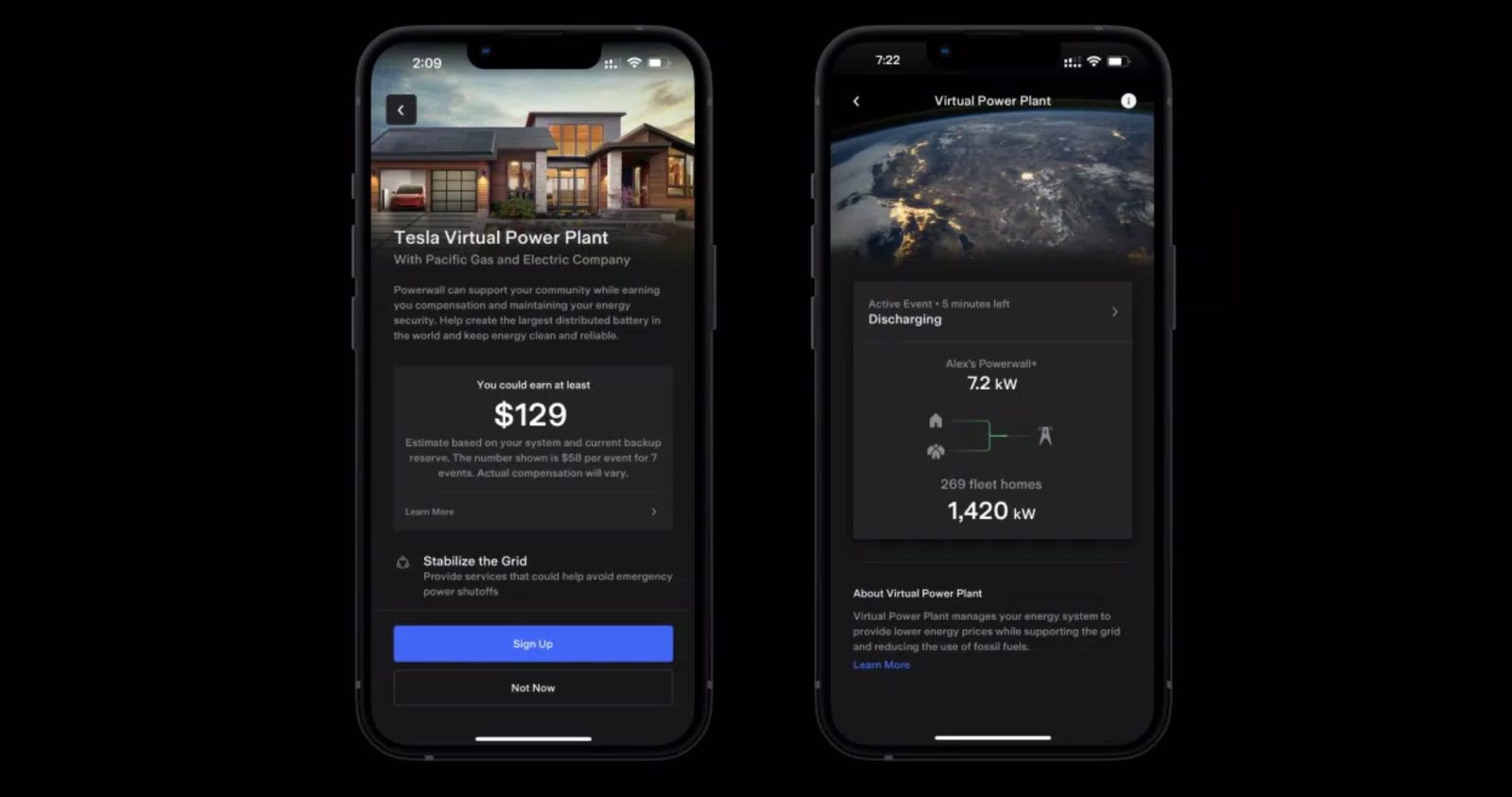
Tesla has expanded its Virtual Power Plant In California to the southern parts of the state through a new partnership with Southern California Edison (SCE).
Now Tesla Powerwall owners in Los Angeles and the surrounding areas can get paid to help the grid.
A virtual power plant (VPP) consists of distributed energy storage systems, like Tesla Powerwalls, used in concert to provide grid services and avoid the use of polluting and expensive peaker power plants.
Last year, Tesla launched a VPP pilot program in California, where Powerwall owners would join in voluntarily without compensation to let the VPP pull power from their battery packs when the grid needed it.
It helped Tesla prove the usefulness of such a system.
Following the pilot program, Tesla and PG&E, the electric utility covering Northern California, launched the first official virtual power plant through the Tesla app in June.
This new version of the Tesla Virtual Power Plant actually compensates Powerwall owners $2 per kWh that they contribute to the grid during emergency load reduction events. Homeowners are expected to get between $10 and $60 per event.
Now Tesla is expanding the VPP through a partnership with Southern California Edison (SCE):
Participate in the Emergency Load Reduction Program (ELRP) pilot offered by Southern California Edison (SCE) and support the grid while also earning compensation and maintaining your energy security.
The program operates very similarly to the VPP with PG&E and also pays $2 per kWh, but it has a different set of rules that you can find here.
Now, most of California is covered by Tesla’s virtual power plant and most Powerwall owners are able to enroll.
Tesla is also running a virtual power plant demonstration in Texas as it expands this product in partnership with electric utilities to offer a cheap alternative to peaker plants.
Electrek’s Take
Tesla’s vision of becoming a global decentralized electric utility is becoming a reality.
With this program now with the two largest electric utilities in California, any time it installs a new Powerwall in the state and the homeowner enrolls, it is adding more value to the VPP.
When launching the one with PG&E, Tesla said it had about 50,000 Powerwalls that could be eligible for this VPP, which add up to a significant 500 MWh of energy capacity than can be distributed in any event.
The company didn’t update that number with the new SCE partnership, but let’s say that it has half that capacity in Southern California. That’s 750 MWh that can be deployed or $1.5 million worth of electricity per event.
FTC: We use income earning auto affiliate links. More.



Comments